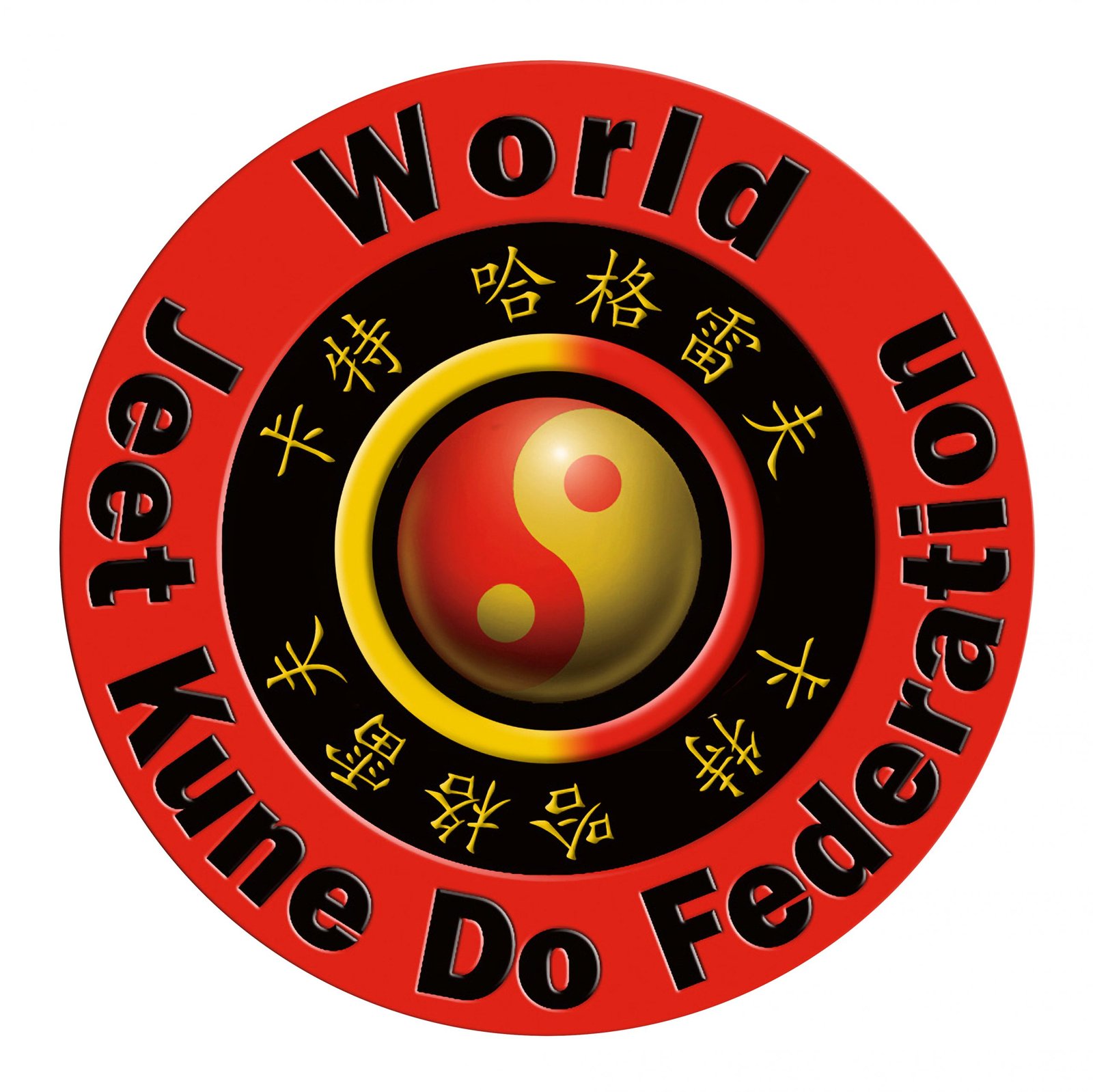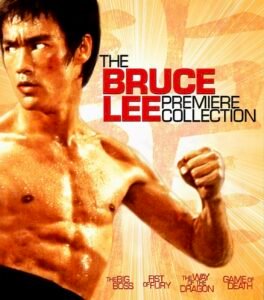Bruce Lee, an American Icon In Movies
The Bruce Lee Story, Part Three
Bruce Lee Meets the Big Screen
While Bruce Lee had an early start in films because of his father’s fame in the Cantonese Opera, it wasn’t until that fateful 1964 exhibition in Long Beach that he was noticed by Hollywood and invited by William Dozier to audition for a new pilot called “Number One Son.” Even though the show was never released, Lee had gotten his big break in Hollywood; he was cast as Kato along with Van Williams in the short lived TV show, The Green Hornet from 1966 to 1967. This show, though deemed a failure, opened the doors to several guest appearances on Batman and some cameos in Ironside, Blondie, and Here Come the Brides.
Bruce Lee had already abandoned his Hollywood dreams before the Long Beach exhibition, and was focusing all of his efforts on his martial arts. From his first appearance as a baby carried across a scene in “Golden Gate Girl” to many screen appearances throughout his childhood, Lee had already been in twenty films before the age of eighteen. Once in America, however, he shifted his vision off the big screen and onto the practice mats. His vision was changed yet again after meeting Van Williams.
In 1969, Lee collaborated with two martial arts students, James Coburn and Stirling Silliphant, who also happened to be Hollywood script writers, for a film based in India called the Silent Flute. Despite the trio traveling to India to film, the movie was never released; the 1978 Davud Carradine film Circle of Iron was based on the trio’s plot.
Bruce Lee made a ground breaking albeit brief appearance in a 1969 film, Marlowe. Written by Silliphant, Lee’s role was a henchman who had been hired to threaten James Garner’s character, the private detective Phillip Marlowe. Lee crushed the entire office with his signature punches and kicks, but his character was slated to fall off the building while trying to kick the detective off the roof.
Lee began to choreograph fight scenes for several movies following Marlowe. He created the fights seen in Chuck Norris’ first appearance on the big screen in a movie called The Wrecking Crew which also featured Sharon Tate and Dean Martin. In 1970, Ingrid Bergman and Anothony Quinn’s A Walk in the Spring Rain featured fights choreographed by Lee.
The Silliphant written TV series Longstreet guest starred Lee for four episodes. He was the martial arts instructor teaching Mike Longstreet (James Fransiscus); this was an important role for Lee because it featured important ideas about his martial arts philosophies.
.
Controversy was soon to follow. In 1971, Lee reportedly had an idea for his own western themed TV show called The Warrior which he pitched to Warner Brothers. His claim is upheld by a 1971 interview on The Pierre Berton Show where Lee bemoaned the fact that both Warner Brothers and Paramount wanted him to give up his ideas for a western, deeming it out of style; he insisted he wanted to do a western themed show. It would appear that Warner Brothers revamped Lee’s idea and called it Kung Fu without giving Lee any credit for the idea. Warner Brothers insisted that they had already created the concept and had two writers working on it, Howard Friedlander and Ed Spielman. The show, the Wild West, starred a Shaolin Monk played by David Carradine, who at the time was not even a martial artist. Sources claim that Lee was passed over because of his race and his thick accent. Lee later stated on The Pierre Berton Show:
.
“They thіnk thаt business wise іt іѕ а risk. I don’t blame them. If thе situation wеrе reversed, аnd аn American star wеrе tо соmе tо Hong Kong, аnd I wаѕ thе man wіth thе money, I wоuld hаvе mу оwn concerns аѕ tо whеthеr thе acceptance wоuld bе there.”
—–Bruce Lee, on the Pierre Berton Show
Bruce Lee was becoming increasingly unhappy with his supporting, walk-on and guest roles. He took the advice of Fred Weintraub, Hollywood producer, and returned to Hong Kong to create a feature film that he could show Hollywood executives. Oh his return to Hong Kong, he was surprised to find that he was already a star in his home country; The Green Hornet, which was also referred to as The Kato Show, had been a huge success in his home country.
Lee signed a film contract with Golden Harvest and Shaw Brothers Studios to star in two Golden Harvest films. In 1971, The Big Boss was a huge hit across Asia and firmly cemented his place on the big screen. In 1972, Fist of Fury broke the record previously set by The Big Boss; it was official, Bruce Lee was a star.
Lee negotiated a deal with Golden harvest following his original two film commitment, and later started Concord Productions Inc. (協和電影公司). In his 1972 film, Way of the Dragon, Lee was featured as the star, writer, director and fight scene choreographer. As his costar, Lee introduced a Karate Champion he had also met at the Long beach demonstration in 1964, Chuck Norris. Chuck was Lee’s opponent in the death fight that took place in the Colosseum in Rome. This fight scene is still considered the most legendary fight scene of Lee’s career, if not in all of the history of martial arts films.
Lee began work on his fourth Golden Harvest film, Game of Death, in 1972. He had begun filming fight scenes with basketball star Kareem Abdul-Jabbar, an American known for his height of 7’2” who also happened to be a student of Bruce Lee.
The filming ground to a halt when Lee was offered a starring role in the Golden Harvest Warner Brothers first joint film, Enter the Dragon. Filming began for this movie in 1973.
More controversy faced Bruce Lee when Starseas Motion Pictures began promoting him as the star of their film, Fist of Unicorn. Since Lee’s only contribution to the film was to choreograph fight scenes as a favour to his friend, Unicorn Chan, Lee began to consider suing the production company, although he remained friends with Chan. Sadly, Lee would never live to see the suit, nor the release of his film, Enter the Dragon. Enter the Dragon was slated for release on July 26, 1973, but Lee had died six days before he could see his most triumphant film on the big screen.
It was Enter the Dragon that earned Bruce Lee his place as a martial arts icon. The film became the highest grossing film of 1973, making over $850,000, which is equivalent in today’s currency to nearly $4 million. The movie continues to gross millions worldwide and has been immortalized in songs like King Fu Fighting and television shows such as Kung Fu. Enter the Dragon created a trend in martial arts that still holds today.
The director of Game of Death, the movie Lee had been working on prior to filming Enter the Dragon, was brought back to the limelight by Robert Clouse, the director of Enter the Dragon. Much controversy was started over Clouse’s decision to finish the film with a Bruce Lee look-alike and various pieces of footage from his other films. The finale of Game of Death was various fight scenes within a five story pagoda, with Lee’s character Hai Tien having to fight his way through all five levels. The film featured Abdul-Jabbar, Hapkido master Ji-Han-Jae, another student of Lee named Dan Inosanto, and George Lazenby. Even though Lee had shot 100 minutes of film footage before leaving the project to film Enter the Dragon, only fifteen minutes of Lee footage were able to be used in the movie, released in 1978. The Lee look alikes in Game of Death were Kim Tai Chung and a stunt double named Yuen Biao.
When Bruce Lee died, he left behind several incomplete projects for his producers as well as a few he was working on himself. A tape of Lee narrating his own idea for a film, Southern Fist/Northern Fury, has been uncovered; the movie line echoes The Silent Flute in many ways. A script titled Green Bamboo Warrior was also found. In this movie, set in San Francisco, Lee had planned Andrew Vanja (of First Blood fame) as the producer and had slated Bolo Yeung as his co-star. Some of his projects had even had photo shoots and costumes sketched prior to his tragic death. Golden Harvest had planned on Lee building on his success following The Big Boss and Fist of Fury with a third film, and a competing studio known as the Shaw Brothers had signed Lee on for a movie with filming dates set for September through November of 1973.
.
Twenty-two years later, more unused footage from the Game of Death surfaced and was used on the documentary titled “Bruce Lee: A Warrior’s Journey.”


